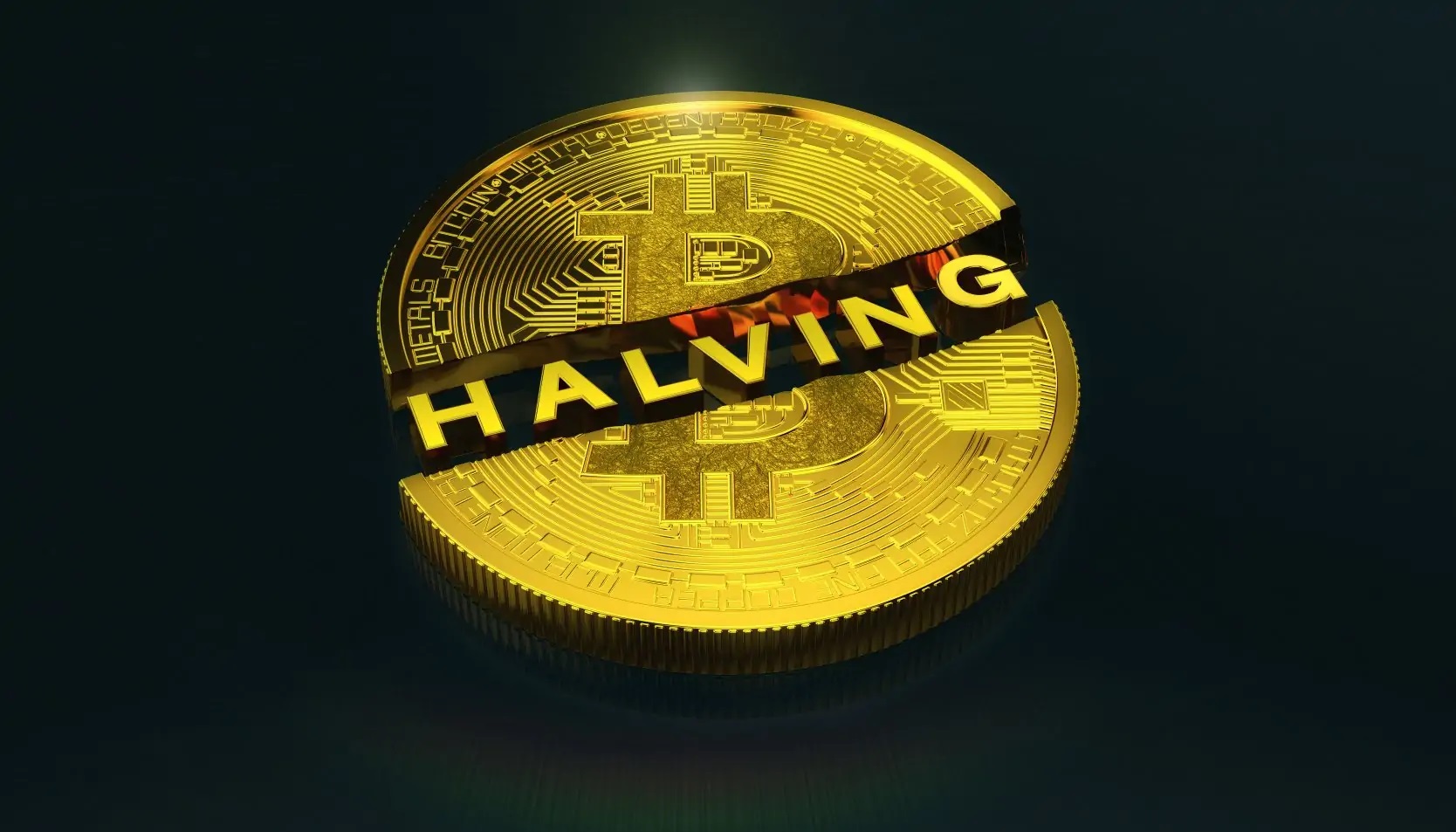Revolutionizing Finance: The Unprecedented Evolution of Blockchain Technology
In 2023, we said goodbye to Crypto Winter. Now, it’s time to say hello to a new era of DeFi Summer, this time centering on the most buzzworthy yet also durable trends: Bitcoin. With Ordinals proving demand, exchange-traded fundes (ETFs) providing access and Bitcoin scaling solutions emerging, 2024 is set to unlock the ~$1 trillion asset class in ways previously unseen.
The initial decentralized finance (DeFi) revolution in 2020 centered around smart contracts unleashing blockchain utility beyond the simple maintenance of a ledger and asset. It transformed the technology into a platform for vast, interoperable financial ecosystems. On the Ethereum Virtual Machine (EVM), people worldwide could essentially become their own banks, accessing hundreds of interoperable financial applications. This evolution offered a promising look into a future of finance governed by immutable code rather than fickle human beings.
As DeFi Summer unfolded, the technology and enthusiasm fueling DeFi extended to non-financial blockchain applications, notably non-fungible tokens (NFTs). Blockchains demonstrated their versatility by hosting not only financial systems but also becoming hubs for art, culture and gaming. Spurred by the constant inquiry of "what's next," blockchain technology seemingly expanded into every conceivable use-case, often stretching beyond its core utility and practicality at the height of the craze.
Ultimately, the initial buzz about NFTs and blockchain's expansion turned to fear during the 2022 crypto winter, although this wouldn’t be the end for NFTs. 2023 witnessed a revival in the blockchain enthusiasm, thanks in part to NFTs making a strong comeback, this time taking the form of Ordinals on Bitcoin. Similar to how DeFi Summer revealed new blockchain capabilities, Ordinals and BRC20 tokens showcased Bitcoin's potential, sparking excitement about the future possibilities of blockchain technology.
The question arose: If Bitcoin could support NFTs and tokens, what other applications could its unparalleled security and popularity cover?
Unlocking BTCFi
In retrospect, the NFT craze of 2021 can be interpreted as the fading-out of a hype cycle. While valuable, the technology was more a reverberation from DeFi’s big technological splash. In contrast, the current enthusiasm around Ordinals feels like the fading-in of a new cycle, representing newly discovered demand that will undoubtedly have downstream effects. This isn't merely a repetition of past utility; it's an intriguing development whose potential is just beginning to unfold.
Prior to the advent of Ordinals and BRC-20, there was a widespread belief that Bitcoin served a solely passive role within the blockchain ecosystem, offering little beyond basic asset functionality. This perception has shifted dramatically. Thanks to a number of significant advancements from a usability standpoint, Bitcoin is emerging as a critical security-provider for DeFi and as an asset with newfound utility and interoperability.
The future of Bitcoin DeFi involves bringing the Bitcoin network's security to EVM-compatible smart contracts. Leading EVM-compatible Bitcoin scaling solutions are innovating methods to incentivize bitcoin miners to secure both the BTC asset and smart contracts simultaneously but independently. Ensuring miners, and consequently bitcoin itself, gain value is essential for expanding the Bitcoin network beyond safeguarding just the BTC asset.
Unlocking the BTC asset
Historically, BTC has served mainly as a passive store of value, not actively involved in DeFi security or commerce. Yet, much like ETH's dual role in securing Ethereum and serving as currency, bitcoin has the potential to evolve into a versatile asset beyond the base Bitcoin chain. The introduction of Bitcoin staking in 2024 is set to transform BTC from a passive to a rewards-generating asset, marking a significant shift in its utility.
Once DeFi ecosystems become massively aligned with both bitcoin miners and bitcoin holders/stakers, those ecosystems become the greatest and safest platforms for "BTCFi." As advancements such as HTLC atomic swaps and innovative bridging solutions overcome technical hurdles, BTC is set to pour into DeFi protocols. This influx will unlock extraordinary utility for the world's premier and most trusted blockchain-based asset.
Building bitcoin DeFi together
Bitcoin is leading the creative front of blockchain innovation for the first time in years. Now that the Bitcoin base layer is widely recognized as permanently secure, it’s time to build solutions to bring it to new heights. Given that the BTC asset is the definitive self-sovereign asset, it only makes sense that the Bitcoin network should be the core protector of the future of self-sovereign decentralized finance.
How long until the Bitcoin halving event, which the entire cryptocurrency market is eagerly awaiting? Here is the current data.
There are only 50 blocks left until the Bitcoin halving event, which is closely followed by the entire cryptocurrency market. Halving 840,000. The block will be processed from the moment it is mined.
According to the latest information, the halving will take place tonight at 05:26 Türkiye time (UTC+3). However, since block extraction times are not constant, there may be minor fluctuations in this time information.
After the halving, BTC miners will no longer receive a reward of 3,125 BTC per block, instead of 6.25 BTC. This will help reduce Bitcoin's inflation. This event will cut Bitcoin's inflation rate in half, from roughly 1.7% to 0.85%.
Before the halving, the BTC price experienced a partial recovery and at the time of writing, it is trading at $64,175, with an increase of approximately 1% compared to the last 24 hours.
JPMorgan analysts predict that production costs will rise to an average of $42,000 after the halving, and “this estimate is also the level at which we predict Bitcoin prices will drift once Bitcoin-halving-fuelled euphoria subsides after April,” the analysts wrote. However, looking at historical data, there are many analysts who think that the BTC price may experience an increase.
Because when historical data is examined, even if there is a decline in the first moments, it is extremely likely that BTC will reach high levels in the next medium and long term.
***This is not investment advice.

































































